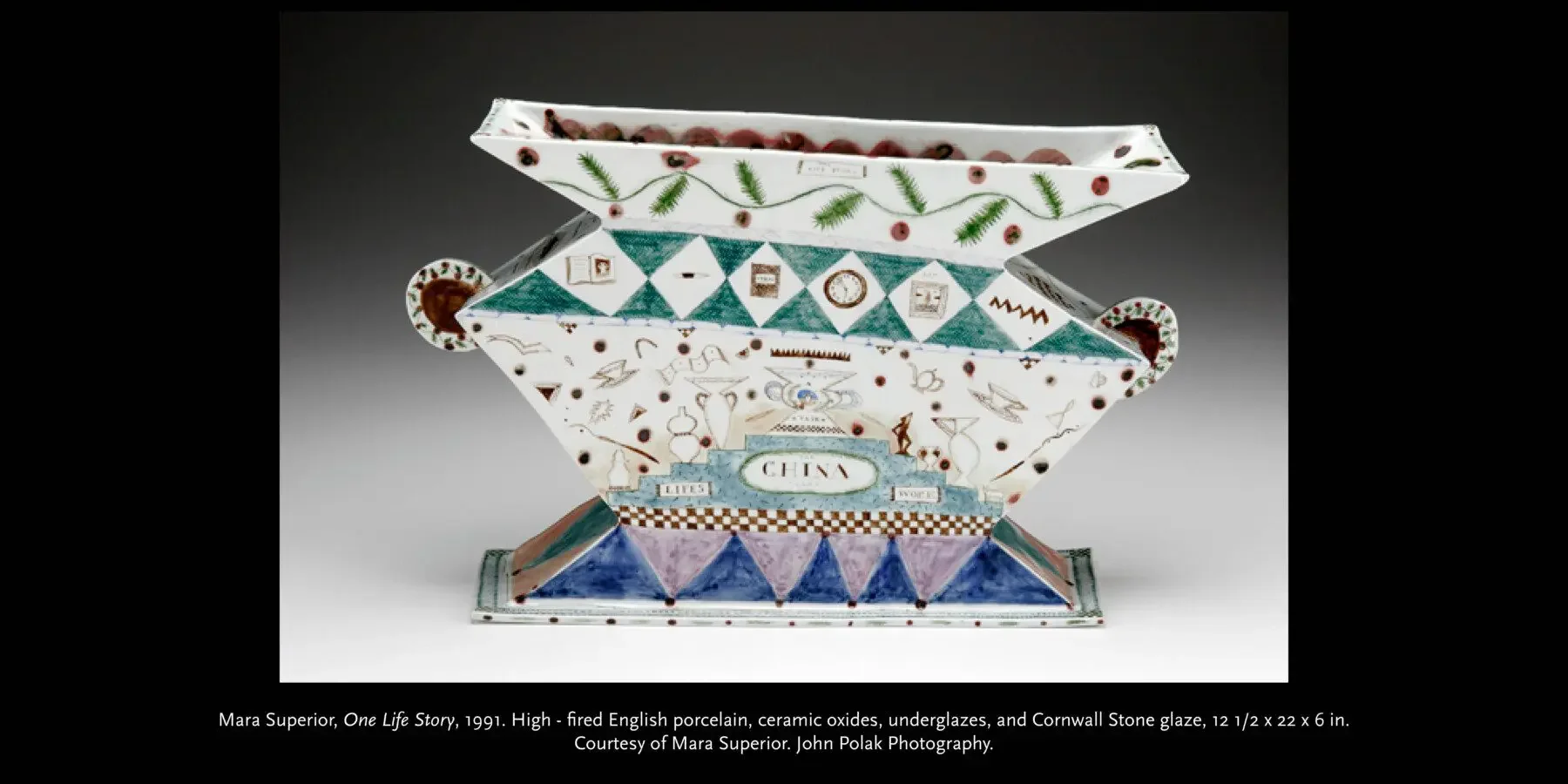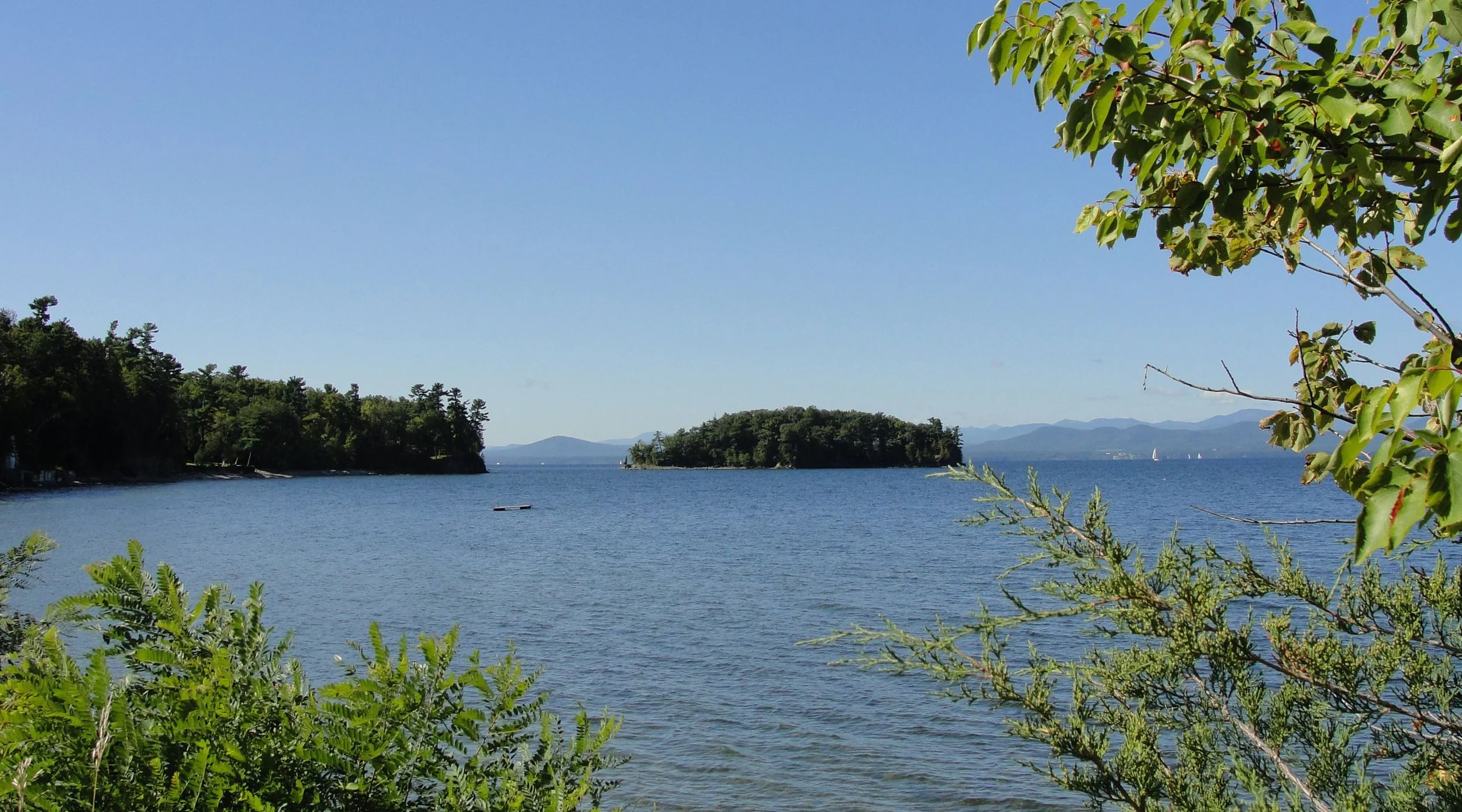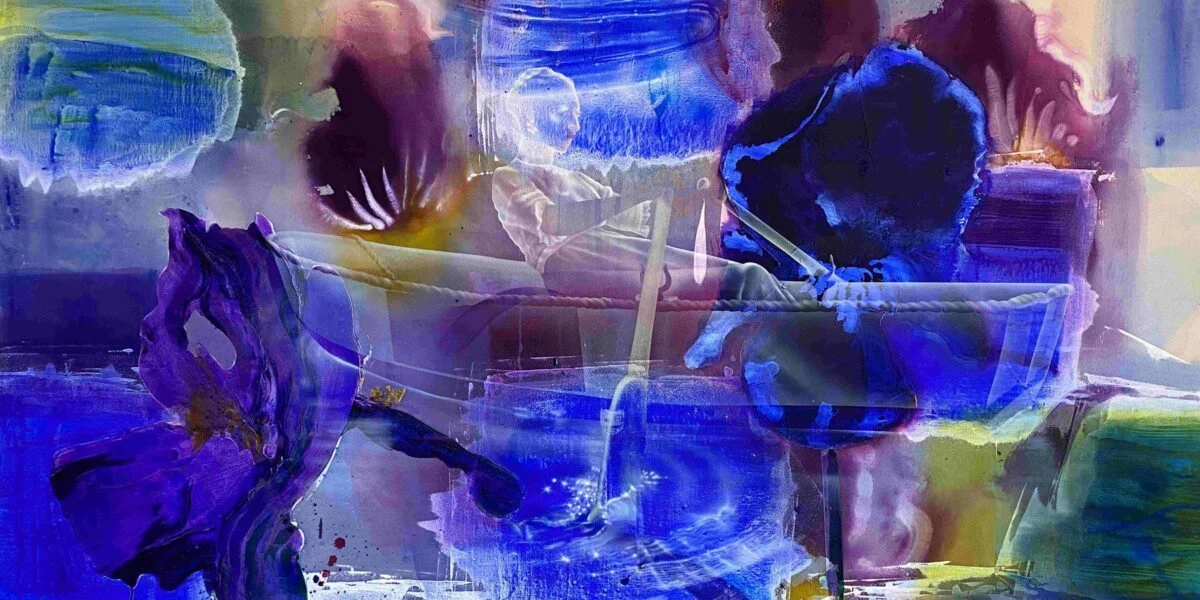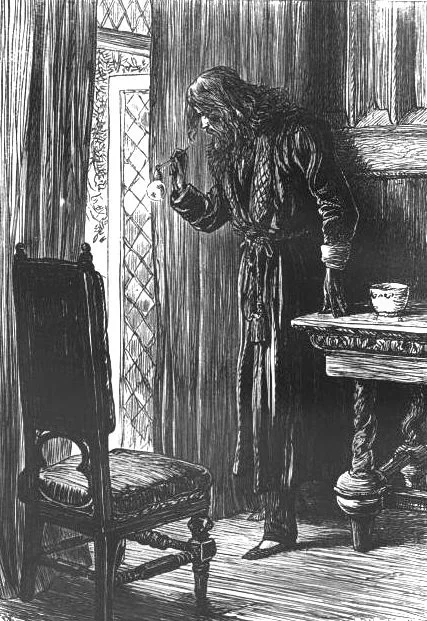
Write them with a glaze
In the show “Porcelain L0ve Letters: The Art of Mara Superi0r,’’ at the Shelburne (Vt.) Museum, through Oct. 26.
—Photo by John Polak
Pre-computer chip action
From “Action Figures: Objects in Motion,’’ at the Shelburne Museum, Shelburne, Vt.
Gorgeous Lake Champlain from the Shelburne shoreline.
Weird wonderland
“Iris Spring” (acrylic and oil canvas), by Maine-based artist Emilie Stark-Menneg, in the show “New England Now,’’ at the Shelburne (Vt.) Museum, May 11 to Oct.
— Photo courtesy of artist
The museum says:
“From Nathaniel Hawthorne to Stephen King, the depths of the psyche and the surreal have long fascinated New England artists. Twelve multidisciplinary artists from the region tap into a rich tapestry of mediums and techniques to create their perceptions of the ethereal grounded in topics of mythology, environmentalism, the ideals of beauty, transformation, and gender and cultural identity.’’
The House of the Seven Gables, in Salem, Mass., whose oldest part dates to 1668. It inspired Nathaniel Hawthorne to write his Gothic novel of the same name.
1875 illustration of Clifford Pyncheon in The House of the Seven Gables.
Duke of decoys in Shelburne
“Swan, Havre de Grace‘‘ ( 1950) (watercolor and ink on paper) by Joel D. Barber Collection of Shelburne Museum, gift of J. Watson, Jr., Harry H., and Samuel B. Webb, photography by Andy Duback, through Jan. 12 at the Shelburne Museum, Shelburne, Vt.
This exhibit focuses on the life and work of Mr. Barber, an architect, author, illustrator and decoy collector. This exhibit is the first of its kind about him, and is split into five sections according to the significant periods of his life and work.
Shelburne, one of northern New England’s richer towns, in part because of second homes and affluent retirees, is a suburb of Burlington and on Lake Champlain. Its major tourist attractions include Shelburne Museum, Shelburne Farms, Vermont Teddy Bear, Shelburne Vineyard and Fiddlehead Brewery. There’s a beach on the lake and a nature park.
Electra Havemeyer Webb Memorial Building, home of the Shelburne Museum's European paintings collection. The Havemeyer fortune came from vast sugar-industry interests based in New York City.
At Shelburne Farms, a nonprofit education center for sustainability that includes a 1,400- acre working farm — a National Historic Landmark — on the shores of Lake Champlain. The property an example of a Gilded Age "ornamental farm," developed in the late 19th Century with architecture by Robert Henderson Robertson and landscaping by Frederick Law Olmsted.
Mountain in flames
“Sunset over Baxter Mountain’’ (oil on cardboard), by Harold Weston, in the show “Harold Weston: Freedom in the Wilds,’’ at the Shelburne (Vt.) Museum through Aug. 25.
The art of hunting and fishing
"Huntsman and Dogs" (oil on canvas, 1891), by Winslow Homer, in the show "Wild Spaces, Open Seasons: Hunting and Fishing in American Art,'' at the Shelburne Museum, Shelburne, Vt., through Aug. 27.
The museum says that this is the first major exhibit in America to explore the visual culture of American hunting and fishing in painting and sculpture from the early 19th Century to World War II. The show includes works by Thomas Eakins, Winslow Homer and John Singer Sargent, as well as by such specialist sporting artists as Charles Deas, Alfred Jacob Miller, Carl Rungius and Arthur Fitzwilliam Tait and modernist interpretations of these subjects by George Bellows and Marsden Hartley, among others.
A cold beauty
"The Northern Lights'' (oil on canvas, 1926), by Sydney M. Laurence, in the show "The Art of Winter,'' at the Shelburne Museum, Shelburne, Vt., Jan. 23-May 30.













